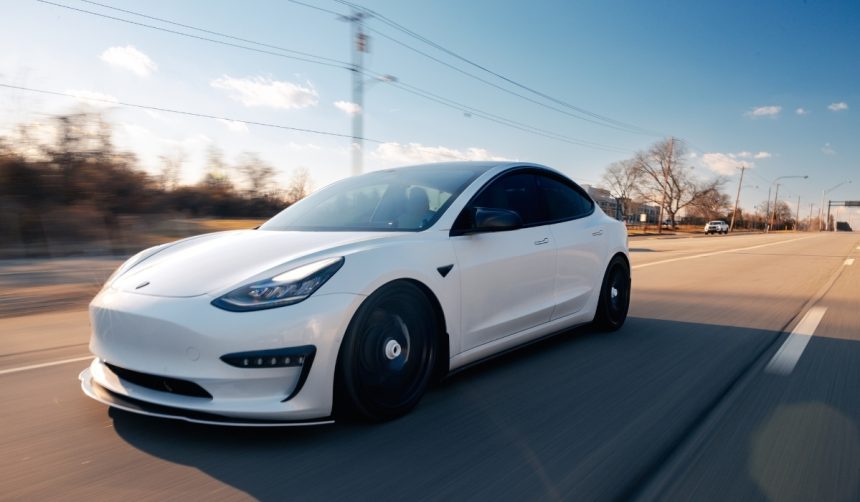Construction has commenced on a significant battery energy storage system (BESS) expansion in Queensland, Australia, utilizing Tesla Megapacks. This project, anticipated to become one of the largest battery installations in the state, aims to transform the local energy landscape by integrating renewable energy sources with existing infrastructure. The development underscores the broader shift towards sustainable energy solutions in the region.
Investment in battery projects like the Stanwell battery highlights a growing trend of renewable energy initiatives. Previously, news emphasized smaller-scale projects and initial plans for renewable energy adoption. Now, the focus has expanded, showcasing more substantial investments and the phasing out of traditional coal-dependent power sources. This evolution reflects increasing commitments to energy sustainability and efficiency in Australia.
Expanding the Stanwell Battery
The Stanwell battery project in Queensland, now entering its construction phase, will incorporate 324 of Tesla’s 2XL Megapack units to create a 300MW/1,200 MWh BESS. This initiative is supported by a $448.2 million investment from the Queensland government and is strategically positioned next to a coal plant in Stanwell, which is slated for closure soon.
Job Creation and Economic Impact
“This battery project is the largest of its kind in Queensland and will create around 80 jobs in construction,” stated Queensland Minister for Energy and Clean Economy Jobs, Mick de Brenni.
“What batteries deliver to the Queensland SuperGrid is reliable power. When batteries like this are publicly owned, it means Queenslanders themselves benefit, not overseas shareholders. We want to ensure we maintain downward pressure on power bills for all Queenslanders by building more renewable energy and storage,” de Brenni added.
Broader Renewable Energy Plans
The expansion of the Stanwell battery is part of Stanwell Corporation’s broader 5GW investment plan aimed at converting fossil fuel generation efforts into a renewable energy hub. The company is also investing in energy storage, wind, and solar power generation projects, with coal generators in Stanwell, Tarong, and Callide expected to enter a phase-out period starting in 2026 and 2027, operating only during peak demand hours.
Other significant battery projects are also underway in Australia, including a 415MW/1,660 MWh Megapack battery in New South Wales, a 600MW/1,600MWh project in Melbourne, and expansions to a battery in Collie to reach 560 MW/2,240 MWh. This trend highlights the nation’s commitment to enhancing its renewable energy infrastructure and reducing reliance on fossil fuels.
As the Stanwell battery project progresses, it represents a crucial step towards achieving a more sustainable energy framework in Queensland. This development not only aims to provide reliable power but also to create job opportunities and ensure economic benefits for local residents. Such initiatives indicate a proactive approach to addressing energy demands while transitioning to greener alternatives.










